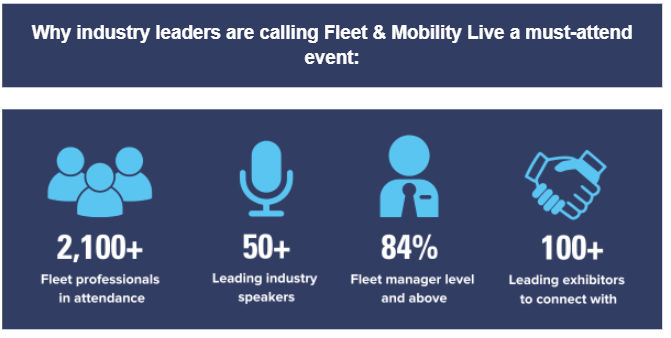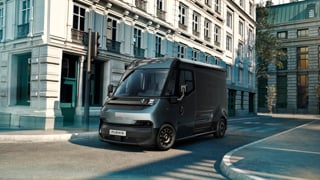Reimbursing drivers who use electric vehicles for business mileage is not a one-size-fits-all approach, fleet decision-makers at Fleet & Mobility Live were told.
Speaking during The Ultimate Guide to EV Reimbursements seminar (video below), Paul Hollick, chairman of the Association of Fleet Professionals, said the right solution was different for every fleet.
“I think all businesses want a simple plan, but unfortunately all fleets – and I see hundreds of fleets – are all slightly different,” he added.
“And even when they’re in the same industry, they’re still slightly different.”
Two common ways fleets reimburse EV drivers for business mileage are through the HMRC-approved AER rate, which is currently 9p per mile, or by calculating the actual cost of the electricity used.
Both solutions have their flaws, however. The AER is unlikely to cover the true cost of electricity, while calculating the actual cost of charging is not straightforward.
“Fleet decision-makers need to ask themselves if they have the ability to pay actual cost anyway, because it can be mind-blowingly complicated to collect all of the transaction data to be able to work out how to reimburse employees,” said Hollick.
“So a lot of fleets avoid it like the plague.”
One solution available to fleets is to pay the AER but add a top-up amount to closer reflect the true cost of running a BEV.
Hollick said examples of this are National Grid and SSE, which pays an EV mileage reimbursement of “15, 16 or 17ppm”.
He added: “If you do pay more than AER and can’t prove it’s actual cost, you should really tax the gap between AER and what they are paying just to be safe.
“That’s effectively being taxed at payroll.”
Hollick said fleets should have a plan on how they will reimburse drivers. For grey fleet, this should be AMAP focused; for perk cars this could be AER with a top-up, while need-fleet cars should also be AER focused with a top-up.
However, he said need-fleet cars should be considered slightly differently to perk cars.
“They have a completely different profile. I once described the need-fleet as effectively a van in disguise: although they may be a small element of personal use, there is a high proportion of business use.
“You probably need to think about what to do with that. Of course, the employee has a great benefit of the BIK at such a low level, but also look at the whole life cost calculations as well.
“If a leasing company give you a whole life calculation, it will undoubtedly be leveraged around AER.
Register now for 2024’s Fleet & Mobility Live
“If you’re going to pay more, you’re going to need to think about that consequence.
“And also, you then need to start thinking about if the driver has access to a home charger, or do you need to pay for that?”
During the session, Tom McLennan, head of policy and public affairs at BVRLA, also discussed the progress the UK is making on its transition to electric vehicles, as outlined in the organisation’s Road to Zero Report Card.
























Login to comment
Comments
No comments have been made yet.